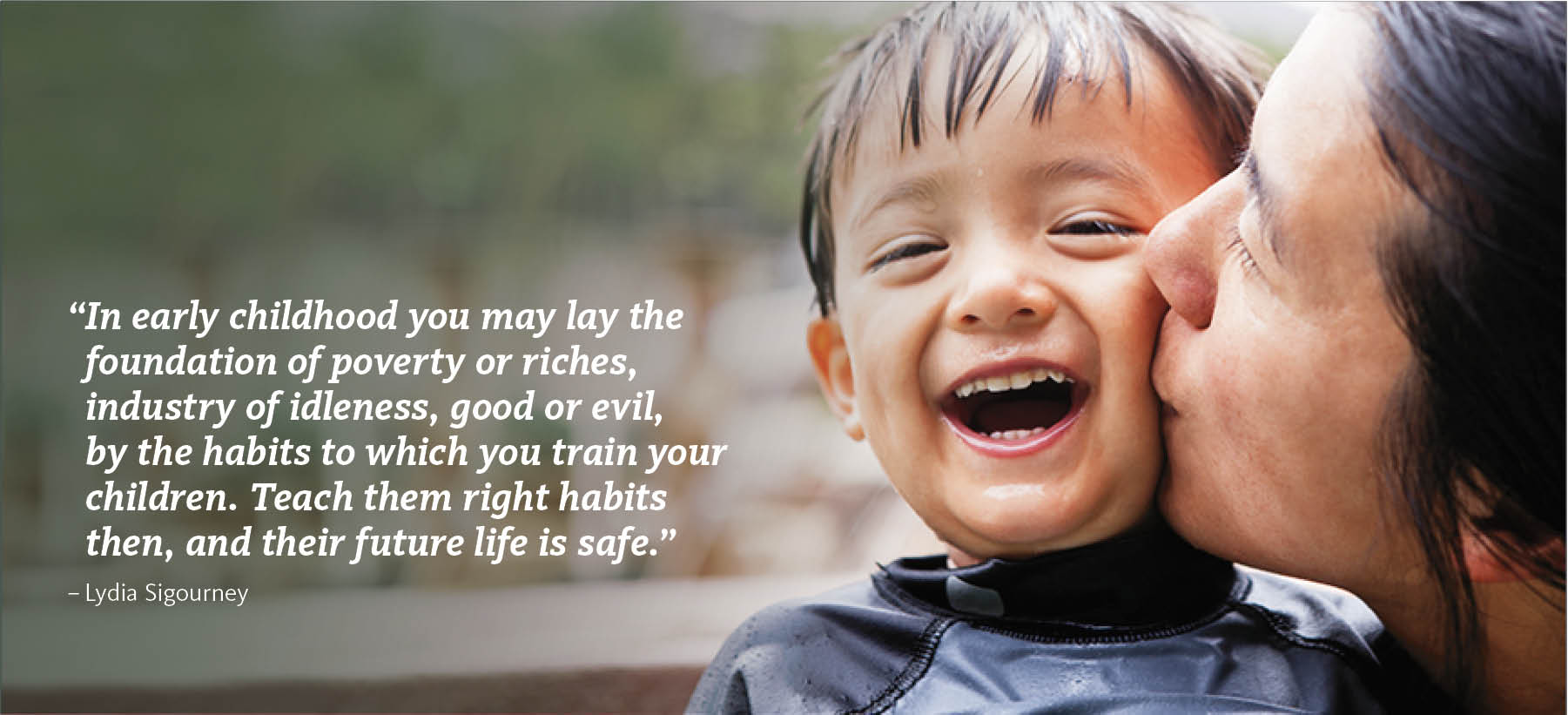

The conversation becomes: preschools or prisons? Prenatal and early child development yields higher returns compared to remedial services later in life.
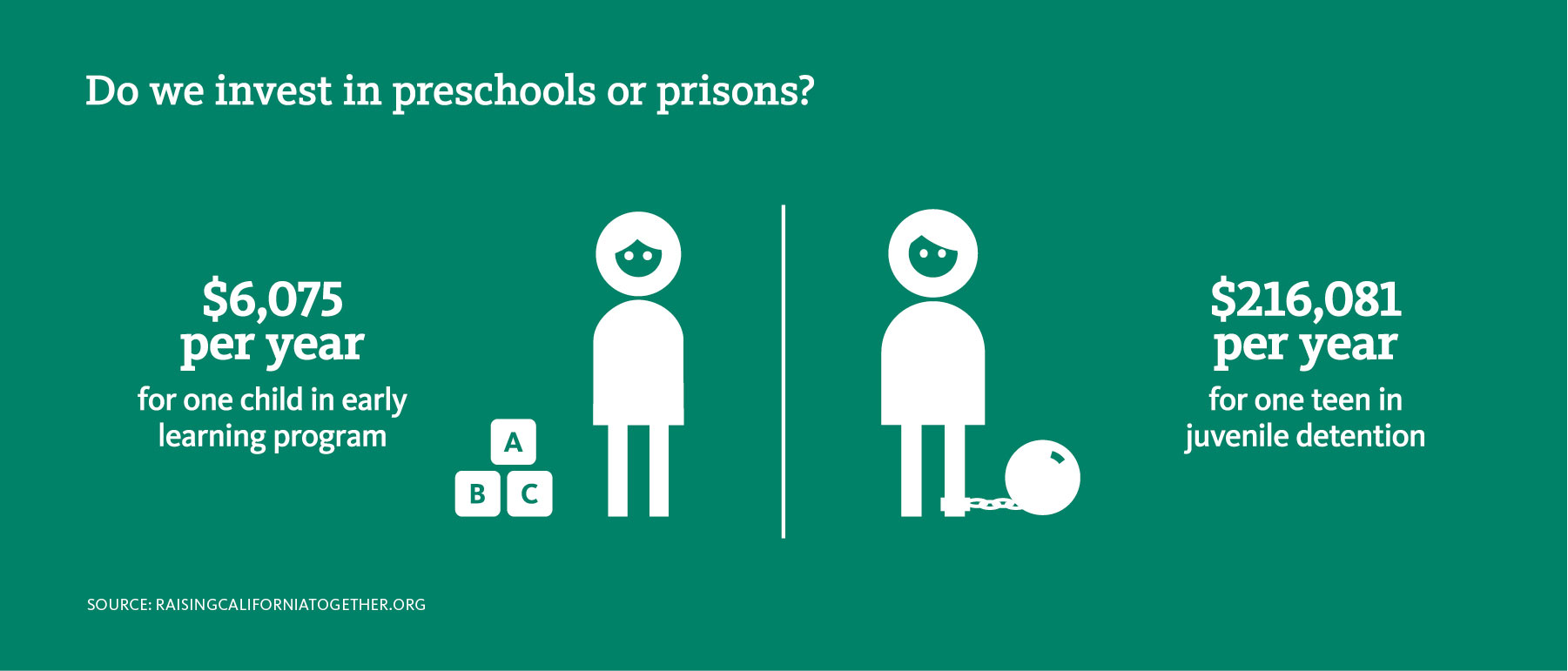
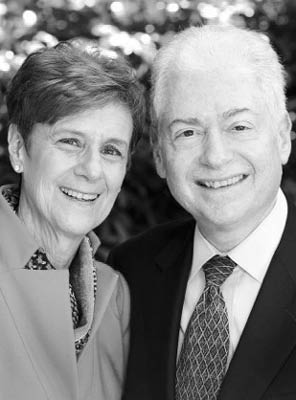
Mindy Stein co-founded the Tikun Olam Foundation with her husband, Gene, and currently serves as the chairman of the Foundation. She is an active community leader in Los Angeles, and is highly engaged in and committed to addressing the needs of infants and toddlers. She also serves as a board member of ZERO TO THREE and Children’s Bureau of Southern California.
Why did you begin investing in the early years?
We came to the table about 13 years ago. We have moved in the direction of prenatal and early childhood as a family. Our giving first started more broadly, with helping the community, parents and children in underserved areas. As we became more interested in education, we made small investments at the agency level related to our broader mission. Then we realized that if we got at the root of the problem earlier on, we’d be more effective. We would be more strategic if we went younger and younger, and invested in prevention. And so that was how we began to invest in the early years.
There’s definitely an emotional component to why we invest in programs for the youngest children. The other component is understanding that prevention is a very strategic investment because it saves money. The logical fiscal aspect is important. If you can prevent it, then why not prevent it? Why do you get a flu shot? You don’t want to get sick and you don’t want to miss work. Why would you not give a child a healthy start? It may not seem “sexy” but it’s vitally important.
What excites you most about your investments in early child development?
What I’m most excited about right now is the collaboration aspect. Our foundation invests in 15 different agencies. This year many of our agencies are working together in different ways, and I feel that our investment is really being amplified through this synergy. Our efforts are being leveraged in a very exciting way, at no cost to us as a funder.
Do you have any advice for other investors?
We must be more strategic. I would say that if funders are interested in making a difference, they could spend their energy on changing public policy. There is a deep need to educate people. Investors can educate and impact the policymakers, and engage in advocacy. That to me is a really important part—and a very hard part—because the work involves a lot of training and retraining, and talking to people so change can happen.
From your perspective, what’s the biggest issue?
For the most part parents want to do the best for their children, but they don’t always have the knowledge, community and support that they need. Not all of them have the toolkit that they need. We need to give parents the best tools that we can.
What would you like to see more of in early child development?
In an ideal world, I’d like to see more happening in the public policy arena. I’d like to see our country put babies at the same level as the defense department. In order for us to continue to be the strongest nation in the world, we need to invest in the babies and we have a long, long way to go to educate everybody about the importance of doing so.
Anything else you would like social investors to know?
Given the right information, philanthropists will connect the dots and arrive at the critical importance of funding early childhood development. It just makes sense. Philanthropy is deeply communal; it is fundamentally connected to personal, social and emotional impulses. Philanthropists are energized by the sense that their investments are amplified through collaboration and synergies.
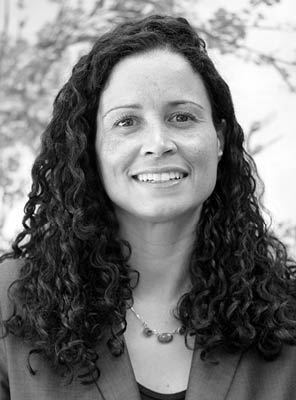
Kim Pattillo Brownson is a civil rights lawyer with extensive experience in education law, policy and advocacy. Kim leads Advancement Project’s Education staff across Sacramento, Los Angeles and the Bay Area, working to expand and improve educational opportunities for under-served communities. Her work focuses on early education, school funding and school facilities. Prior to joining the Advancement Project, Kim was an attorney at the American Civil Liberties Union of Southern California, where she focused on ensuring that the State of California provided school children with the basic necessities of a decent education.
From your perspective, why are the early years so important?’
As a civil rights person, I know early childhood development has the capacity to be an incredible equalizer … and a promoter of social mobility that later provides a springboard for people who are born into poverty.
How is investing in early child development different than investing in other issues?
The predicaments of children born into poverty or difficult circumstances are harsh and powerful—and they are eminently preventable. There’s plenty of evidence that if we elect to make these investments now, we would not have to deal later with what people often think of as the inevitable. We will not then have to remedy deep-rooted issues at a much higher cost.
Why isn’t more focus being placed on the early years?
There is a pervasive narrative that whatever happens in the early years is pre-social and pre-systemic, that it’s not the responsibility of the community or city or state or any form of government. There is a level of a life not examined in this reasoning—a total lack of consciousness.
What is your message to the policymakers about early childhood development?
The host of areas impacted through early childhood development are huge. Policymakers can’t afford not to invest. Pay now or pay later.
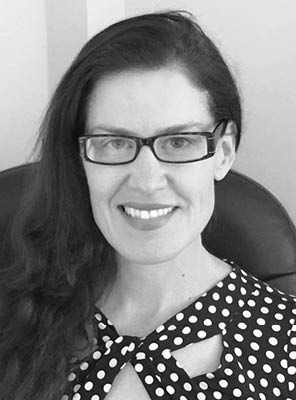
Anna Henderson has been developing community partnerships to support families since 1991. She is the founding director of the Westside Infant-Family Network (WIN), a nationally recognized early childhood mental health program and cross-sector collaboration that integrates health, mental health, social services and early education for families with young children facing multiple challenges. Anna and WIN have worked with the Harvard University Center for the Developing Child’s Frontiers of Innovation initiative to create breakthrough outcomes for children nationwide.
How can we better care for and educate young children?
Education is not just about cognitive development. It’s also about children being secure enough in their primary relationships to have the mental space to learn and grow typically. Kids come to us after so much trauma that they are either dampened down or hyper-vigilant. We see young children who are selectively mute, self harm or are violent and inconsolable. Because they’re traumatized, often the slightest stimulus can evoke reaction far outside normal ranges, making it difficult for them to succeed later in school, work and relationships. They are flooded with stress hormones, which in the short term, can be adaptive—but chronic exposure is neurotoxic.
Our community partners, Venice Family Clinic, Westside Children’s Center and St. Joseph Center are serving families living on the economic fringes and facing multiple challenges—and those challenges have long-lasting impacts on young children. For instance, we see a lot of nine-month-old babies who have behaviors similar to those of depressed adults; two year olds who have been expelled from multiple preschools for chronically violent behavior; and young children who at first glance might appear to be on the autistic spectrum, but are in reality suffering from unresolved trauma.
As a society, we need more intervention and prevention services for these children and their families because these early childhood mental health issues result in long-term problems for our families and society as a whole. Problems like suicide, substance abuse, homelessness, domestic abuse, gang participation and violent homicide have all been correlated strongly with early childhood mental health issues.
What is the most important time in terms of development?
The critical window is when the prefrontal cortex is being formed; when the brain architecture is developing: prenatal though three years old. Although the brain has plasticity throughout the human lifespan, it is never more so than in early childhood.
Why do we need to place greater emphasis on the early years?
We are misallocating too much money into a prison system that doesn’t work and most of our mental health interventions and substance abuse treatments begin long after the trauma at their root has already occurred. We know from years of research that prisons are doing a poor job of reforming people. Let’s shift the focus and resources to what actually works: ending intergenerational cycles of trauma and preventing damage to individuals and families before it has a chance to happen again.